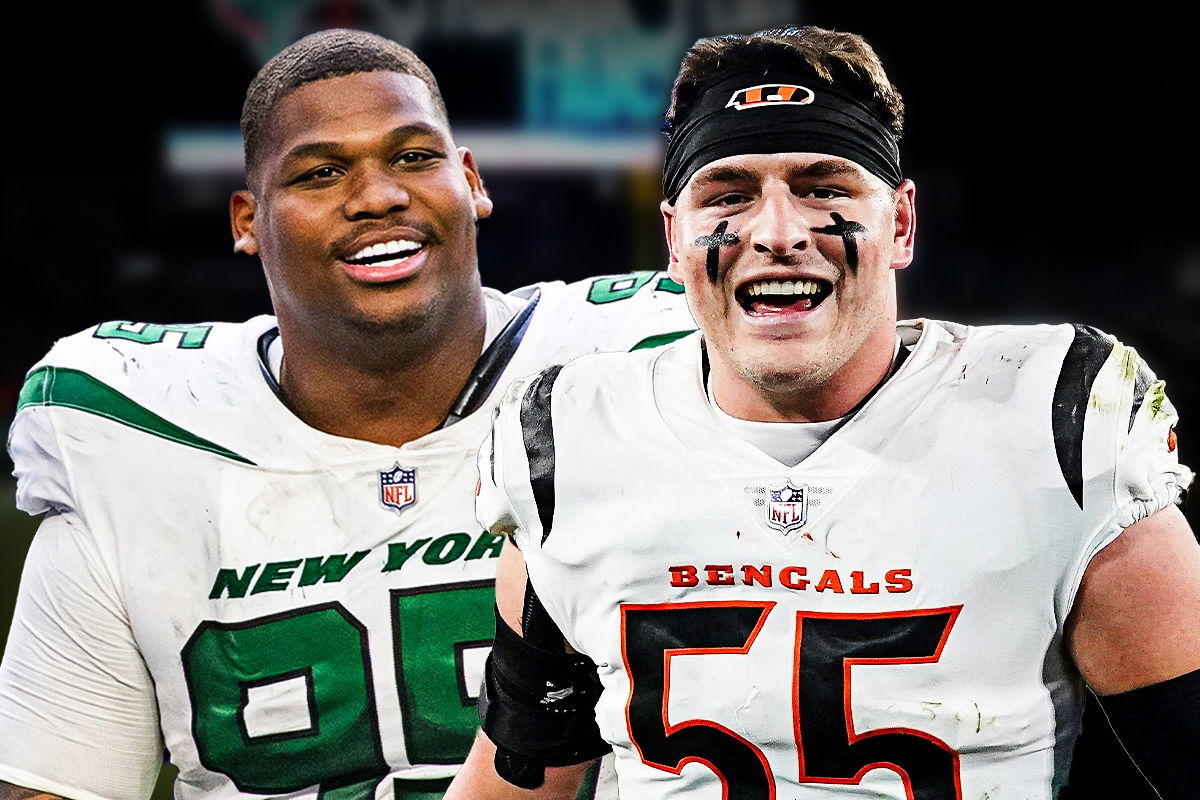
Imago
Credit – IMAGO

Imago
Credit – IMAGO
The NFL rulebook is the official, comprehensive set of rules that governs the playing of professional American football in the National Football League. It encompasses every aspect of the game, from the field’s dimensions and markings to the game’s rules for instant replays and official reviews. But why are we talking about the NFL Rulebook now? Well, it’s because of the incident in the NFL that recently took place during Week 5’s game between the New York Jets and the Dallas Cowboys.
Watch What’s Trending Now!
The controversy centered on a play where Jets quarterback Justin Fields threw a screen pass. The ball initially struck the facemask of Cowboys defensive end Dante Fowler Jr. and then proceeded to hit the overhead Sky Cam television camera.
Although the officials on the field ruled the play an incomplete pass, resulting in a Jets field goal, the decision was wrong based on the rules. According to the NFL rulebook, the consequence for this specific interference is a do-over.
ADVERTISEMENT
The league has confirmed there is no exception to this rule, even if the ball strikes a player first (as a “loose ball”). The Jets should have received a replayed third down, allowing another try for a touchdown. Because the officials and replay assistant failed to apply this rule correctly, the Jets missed a significant opportunity.
Introduction to NFL obstruction rules
American football is a game of speed, strategy, and controlled violence, where two teams compete in a chaotic dance for territory. When we discuss “obstruction” in football, we are examining this critical regulatory layer—a family of fouls designed not to punish contact, but to ensure fair competition for the ball or the path toward the ball. Without these rules, the game would devolve into uncontrolled chaos, impossible to play or officiate.
ADVERTISEMENT
1. Pass Interference (PI): If the ball is in the air, you can’t illegally grab or shove a player to keep them from catching it.
2. Illegal Contact: Defenders can’t bump or impede a receiver more than five yards downfield before the quarterback has even thrown the ball.
ADVERTISEMENT
3. Illegal Use of Hands / Holding: Players aren’t allowed to grab, hook, or hold an opponent illegally with their hands or arms to keep them from getting where they want to go.
4. Non-Player Obstruction: If the ball hits something outside the field of play, like a camera or guide wire, the whistle blows immediately, and they redo the whole down.
ADVERTISEMENT
Equipment Obstruction: Rules and Penalties
The NFL’s rules regarding equipment are in place primarily to ensure player safety and maintain the professional integrity of the game. These regulations generally lead to penalties and enforcement measures falling into two main categories: issues with gear being worn illegally, and instances where detached equipment obstructs the flow of play.
When a player is found to be wearing illegal or improperly worn equipment, the primary on-field consequence is mandatory removal from the game. This covers issues like exposed mandatory pads (thigh, knee), untucked jerseys, or using a helmet or facemask that is not league-approved. If an official notices the infraction before the snap, the player is immediately removed for one down to correct the gear, stopping the clock. Separately, the league enforces its strict uniform policy—which covers brand logos and personal messages—with heavy financial fines levied against the player after the game. These fines are disciplinary and rarely result in a yardage penalty during play.
The second category addresses what happens when a piece of equipment, such as a helmet or shoe, accidentally falls off and interferes with a live ball. In this scenario, if a loose ball (like a fumble or a backward pass) strikes the detached gear, the ball is immediately declared dead at the spot of contact. This rule is designed to prevent a major play, such as a turnover or a long gain, from being determined by a random bounce off an inanimate object. Crucially, there is usually no yardage penalty assessed against either team; the play is simply nullified, and the team in possession retains the ball for the next down.
ADVERTISEMENT
Pitch Invasions and NFL Responses
The NFL rulebook doesn’t have a specific penalty flag for “Fan on Field.” Instead, it treats fan interference as an unfair act.
If a fan messes with a player or the football, the referee stops the play and determines where the ball should have ended up. They can award a touchdown, a first down, or just re-do the play (a replay of the down). The goal is to make sure that neither team is unfairly penalized or rewarded by the fans’ intrusion.
NFL Response to Fans:
While there is no yardage penalty for the teams, the consequences for the individual fan are severe and enforced by stadium policy and law:
- Immediate Ejection: The fan is removed from the stadium.
- Permanent Ban: They typically face a lifetime ban from the stadium and possibly all NFL venues.
- Criminal Charges: They are usually handed over to the police and often face charges like trespassing.
- Ticket Loss: If they are a season ticket holder, their tickets are permanently revoked.
Blocking and Gameplay Obstruction
The rules for blocking come down to three things: where you hit someone, how you grab them, and when you hit them low.
| Foul | Description | Penalty |
| Offensive Holding | Illegally grasping, hooking, or restricting an opponent’s movement with the hands outside the “frame” of the body. | 10 Yards |
| Block in the back | Contacting a non-ball carrier from behind and above the waist. | 10 Yards |
| Clipping | Contacting a non-ball carrier from behind and at or below the waist. (This is considered a serious safety foul.) | 15 Yards |
| Chop Block | Two offensive players simultaneously block one defender, one high (above the waist) and one low (below the thigh). | 15 Yards |
| Illegal Low Block | Blocking an opponent below the waist in an illegal zone or after the ball moves beyond specific areas. | 15 Yards |
| Illegal Contact | A defender makes contact with an eligible receiver more than five yards beyond the line of scrimmage on a passing play. | 5 Yards & Automatic First Down |
The NFL’s comprehensive framework of obstruction and interference rules serves dual purposes: preserving competitive integrity and prioritizing player safety. Fouls like offensive holding and chop blocks regulate controlled violence between players, ensuring contact remains legal while minimizing injury risk through clearly defined boundaries.
Rules addressing non-player interference – such as balls striking cameras or officials – and pitch invasions protect against unpredictable disruptions. These provisions typically neutralize plays through do-overs or “Unfair Act” rulings, preventing random events or fan misconduct from unfairly determining game outcomes.
The rulebook’s structure distinguishes between player-to-player contact, which is regulated but expected, and external factors that have no place in competitive play. By addressing both categories comprehensively, the NFL maintains a system where outcomes are determined by athletic performance and strategic execution rather than random chance or malicious interference.
Top Stories
NFL Makes Punishment Decision on Chiefs for Foul Play Against Daniel Jones’ Offense
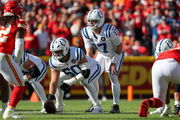
Chiefs Owner Sends Public Message to Brian Schottenheimer’s Family After Cowboys HC’s Wife Shares Personal News
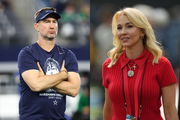
NFL’s Punishment Decision Ruins Christmas for Ravens Star’s Children
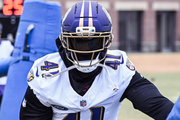
Dan Campbell Makes Final Decision on Lions’ Playcalling Duties After Major Amon-Ra St. Brown Injury Update
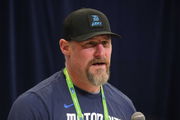
Jalen Hurts Makes Unfortunate Tush Push Admission as Eagles QB Confirms Stance on Pointing Fingers After Bears Loss
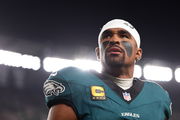
This dual-layered approach ensures games remain fair contests while protecting participants from both preventable injuries caused by illegal techniques and chaotic disruptions that would undermine the sport’s credibility and entertainment value.
ADVERTISEMENT
ADVERTISEMENT
ADVERTISEMENT

